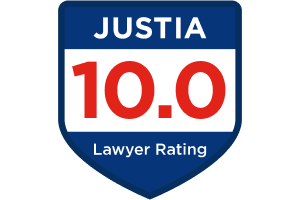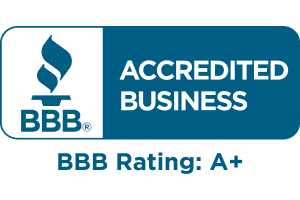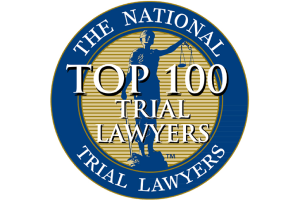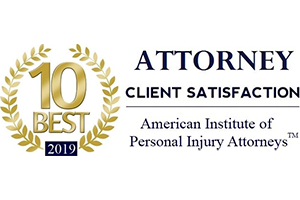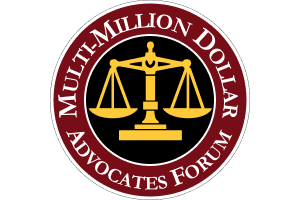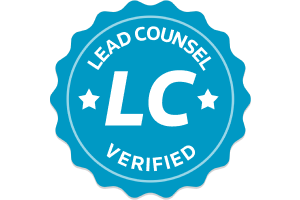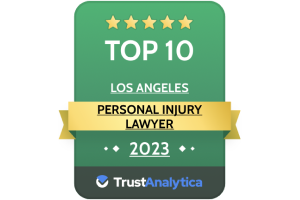- Free Consultation: 866-966-5240 Tap Here To Call Us
Most Common Injuries Following An Auto Accident
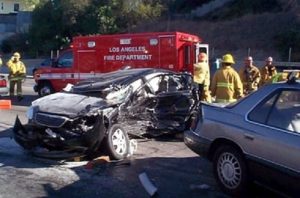
The most common injuries following an auto accident have been the subject of many studies. As a car crash lawyer who has been representing traffic collision victims in Los Angeles and throughout California, I have also seen many of these statistics born out in my practice. I thought I would summarize what these are and what the normal course of medical diagnosis, treatment and prognosis with these particular types of bodily harm.
What are the top 5 Most Common Physical Injuries Following an Auto Accident:
- Neck, Back, Chest and Shoulder Sprains and Strains: A “sprain” is defined as a stretch or tear of a “ligament” (the fibrous tissues that connect bone to bone at or near joints in the body) or “tendons” (fibers that connect muscle to bone). A “strain” is the stretch or tear of tendons or the surrounding muscle tissue. This is probably the single most common injury resulting from being involved either as a driver or passenger in a motor vehicle collision. Sometimes, these sprains and strains do not manifest in pain until hours or sometimes days after the incident. Some sprains and strains are minor and resolve on their own and many times, they healing process is affected by the severity and whether or not the victim seeks medical treatment including emergency trauma care, and follow up care such as physical therapy. If the “sprain or strain” is due to a severe tear of ligament, tendon or muscle, surgery may be required to repair the torn tissue before full relief can ever be achieved.
- Cuts, Bruises and Burns: Lacerations are open tears in the skin usually caused by the body coming into forceful contact with sharp objects such as glass, plastic, or other materials commonly found in motor vehicles. Abrasions are a wounds involving the removal of one or more layers of epidermis from rough objects such as airbags or the pavement (in the case of pedestrian, motorcycle or bike accidents) – so called “road rash”. A bruise is a tear or rupture of blood vessels, which cause blood to pool up. Again, with respect to car accidents, these injuries range from minor to life threatening (if they result in a severe loss of blood or internal bleeding). Most minor cuts and burns can be treated and heal over time with the potential for scarring. Scar revision is sometimes necessary if the injury causes disfigurement (especially in the case of facial scars). Some scars are beyond healing or repair.
- Head Trauma: Thankfully, seat belts, airbags and other restraint devices are helpful in lessening the impact of the head of striking the steering wheel, dashboard, door, window or other fixed objects in the vehicle. However, such blunt force trauma still can and does occur despite these advances in auto safety technology. In addition, concussions are quite common. A brain injury can result from a sudden blow or a jar to the head including the jolt forward and back caused by common collision scenarios such as rear end auto accidents . Traumatic brain injury can be mild, moderate or severe and the results may last days or weeks or may last a lifetime. Depending upon the severity of the impact, symptoms can include loss of memory, headaches, and up to and including permanent loss of cognitive functions such as speech, hearing, sight, smell, taste or feeling. The diagnosis of TBI is usually best conducted by a Neurologist or Neuropsychologist and treatments vary from medications to therapy.
- Severe Spinal Damage Including Disc Herniation or Protrusion or Spine Fractures: While many if not most people involved in auto accidents experience sprains or strains to the back or neck as described above, a lesser, but significant percentage, experience more serious spine injuries. The spine is composed of bony structures called vertebrae. In between each vertebrae are small donut-shaped soft discs that cushion the vertebral bodies and through these run the spinal cord (the body’s main nerve conduction device). Disc herniations are probably the most common of these more severe injuries. They can cause “nerve impingement” (pressure on the spinal cord or other nerves stemming from the cord). Such injuries may be treated conservatively with physical therapy or may require surgery. Fractures of the vertebrae can cause even more serious conditions such as a severing of the spinal cord resulting in paralysis. Again, depending upon the severity if injury, treatment options range from physical therapy and medication to surgical intervention and the prognosis can range from weeks or months of recovery to permanent disability.
- Fractures: A fracture is a break in a bone. Due to the physical forces being exerted on the human body during a crash between two or more motor vehicles, fractures of the legs, arms, ribs, knees, back or neck are more common than one might think. Fractures are most often treated with immobilization through casts or other devices such as slings or halos. Depending upon the size and location of the fracture, healing time varies. “Internal fixation” (i.e. the installation of hardware to hold the bones together) is sometimes required. Some fractures to delicate bones such as found in the hand or wrist may result in a “non-union” (failure to heal back together) and require more advanced surgical techniques such as bone grafts. Fractures to larger bone structures such as pelvic fractures , may require a person to stay off their feet for some period of time or the assistance of a crutch, cane, or walker.
Importance of seeking prompt and thorough medical examination and treatment and seeking the help of a California personal injury attorney following any injury resulting from an auto or other motor vehicle collision:
The first order of business after any traffic accident causing bodily injury is to be prompt and thorough with the diagnosis of the nature and extent of the damage inflicted on the human body. If ambulance transportation is offered at the scene of an accident, it is wise to use this to seek out ER treatment if that is in order and especially if this is suggested by paramedics or other emergency medical technicians on scene. Thereafter it is best to be examined and seek treatment from medical specialists such as Orthopedic Doctors, Neurologists, pain management experts, and physical therapists. Seeking the assistance of a lawyer who is familiar with coordination of medical treatment and presentation of injury claims to insurance representatives is also key to fully extrapolating the physical injury and related emotional toll caused by such trauma and obtaining full and complete compensation for past, present and future medical expenses and pain and suffering. For a free consultation on any auto accident claim in California – call toll free statewide 866-966-5240.
Additional Resources:
WebMD – Understanding Sprains and Strains WebMD – Cuts, A Topical Overview WebMD – Post Concussion Syndrome WebMD – Fractures Directory
Related Pages/Posts:
Auto Accident and Injury Claims in CA Auto Accident and Injury Claims in Los Angeles


